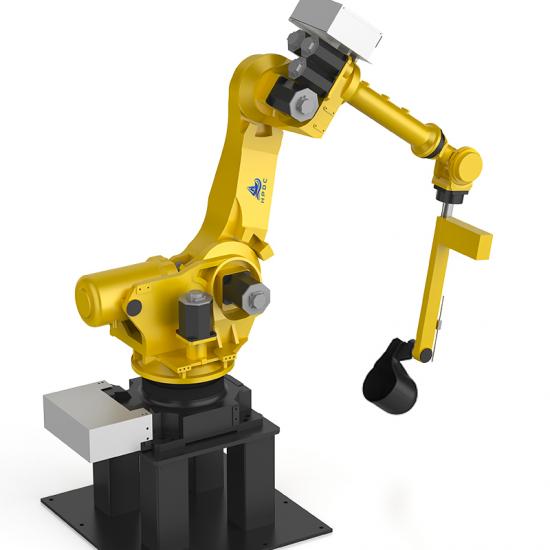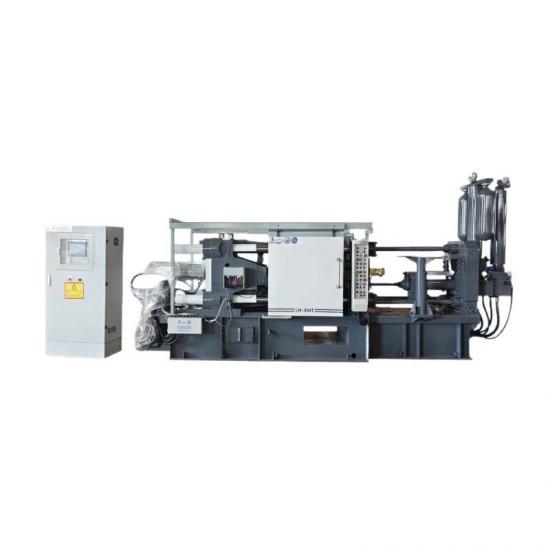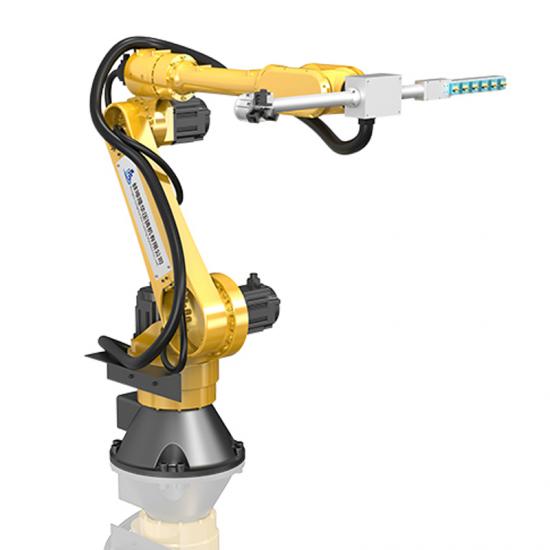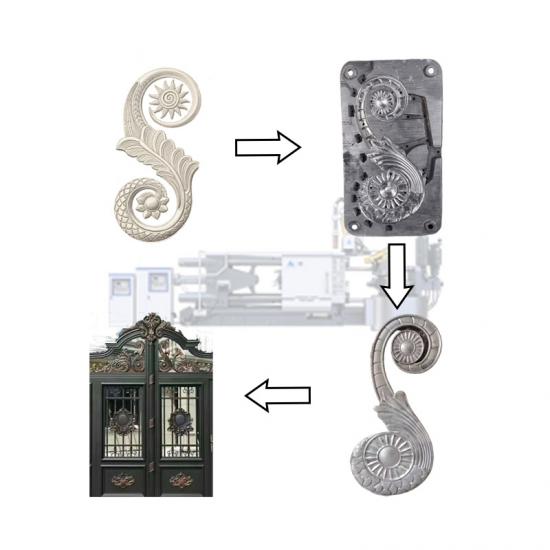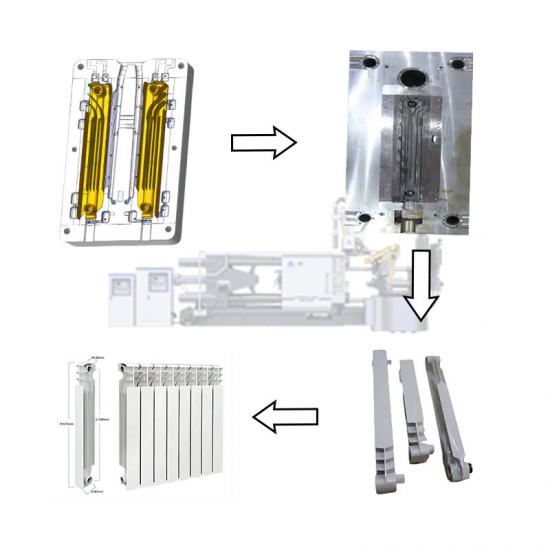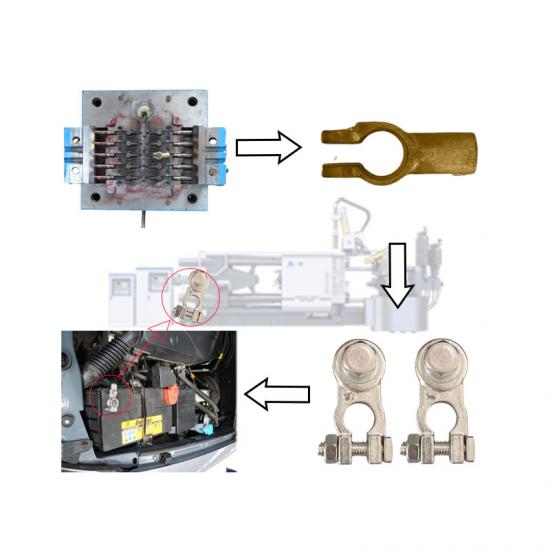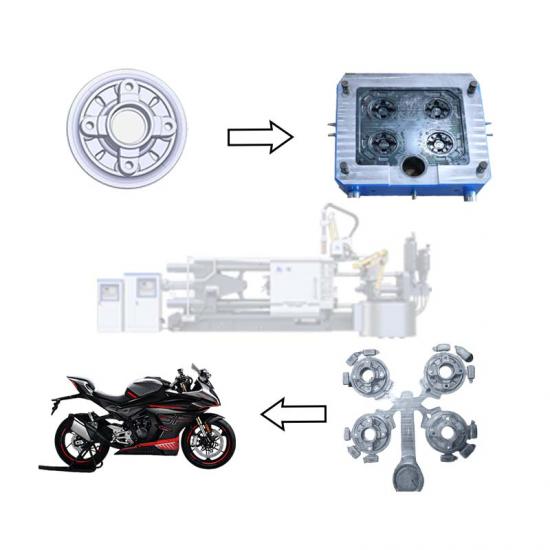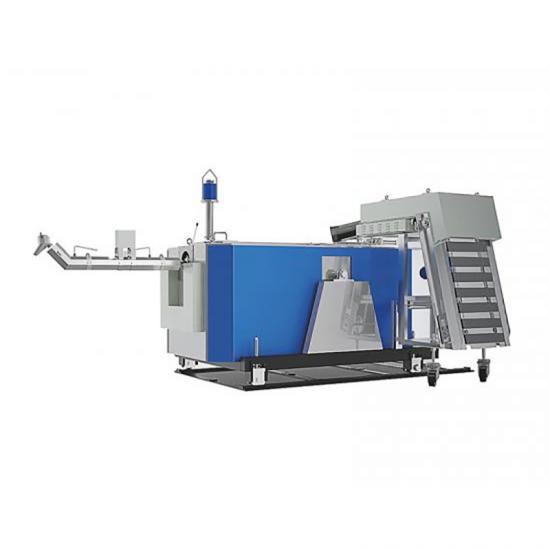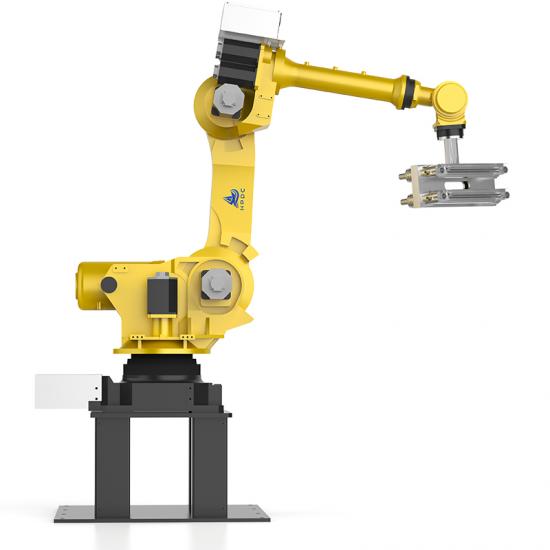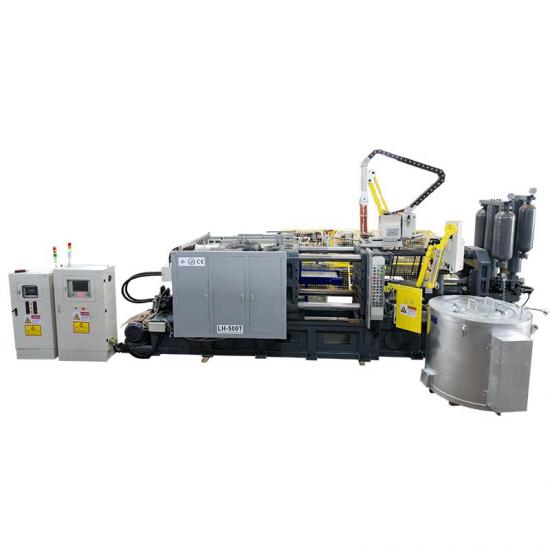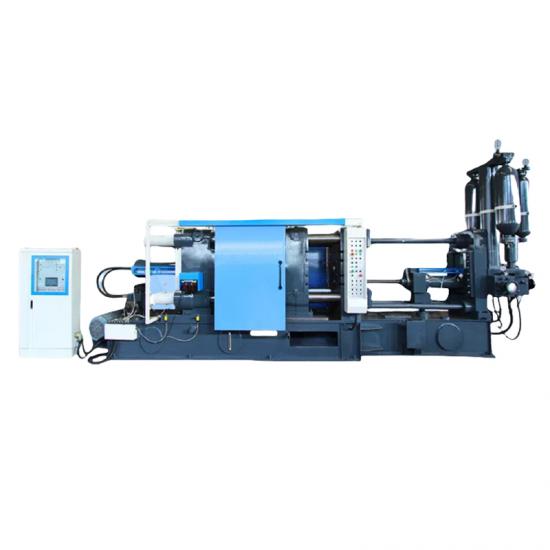Die casting mold temperature control (temperature control) refers to the process of adjusting the mold temperature by water cooling, oil heating, spraying, etc. in the die casting process to ensure that stable quality castings can be obtained during the production process. The control of mold temperature is very critical to the die casting process because it directly affects the quality of the casting, the life of the mold and the production efficiency.
The main purpose of die casting mold temperature control is temperature field balance.
1. Stability of casting quality: By controlling the mold temperature, defects on the casting surface, such as cold lines, pores, cracks, etc., can be avoided. If the temperature is too low, there may be cold lines on the casting surface, and if the temperature is too high, it may cause shrinkage holes, sticking molds and other problems.
2. Improve mold life: If the temperature of the mold is not properly controlled, it may increase the thermal stress of the mold, accelerate the wear and fatigue of the mold, and thus shorten the service life of the mold.
3. Improve production efficiency: Reasonable mold temperature control can reduce the cooling time of the casting, shorten the production cycle, and improve production efficiency.
Temperature control method:
1. Mold heating: Before the start of die casting, the mold usually needs to be preheated to a suitable temperature. Common heating methods include electric heating, oil heating, steam heating, etc.
2. Mold cooling: During the production process, the mold may overheat due to continuous casting. At this time, it is necessary to control the mold temperature within an appropriate range through cooling means. Common cooling methods include water cooling, oil cooling, air cooling, etc.
3. Constant temperature control equipment: Modern die-casting machines are usually equipped with automatic temperature control systems, which monitor the mold temperature in real time through sensors and automatically adjust the heating or cooling equipment. The temperature difference of the mold surface is less than 50°C, and the cycle temperature difference at the same position is less than 10°C to maintain the mold within the set temperature range.
Through effective die-casting mold temperature control, the consistency of the product can be significantly improved, the scrap rate can be reduced, and the service life of the mold can be extended.












